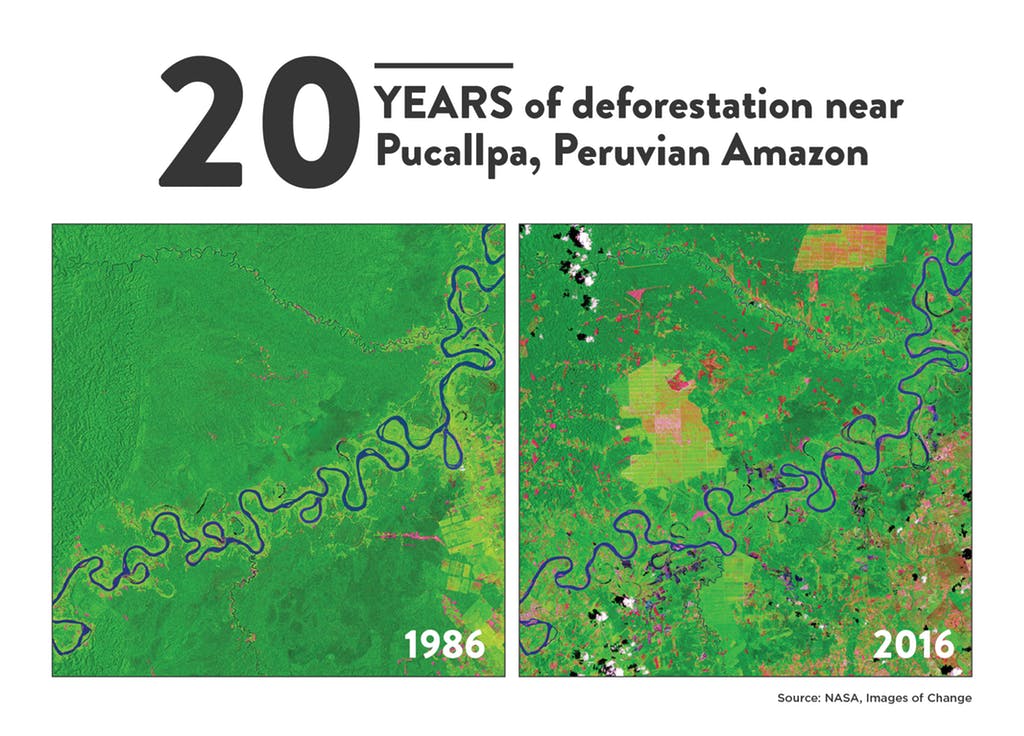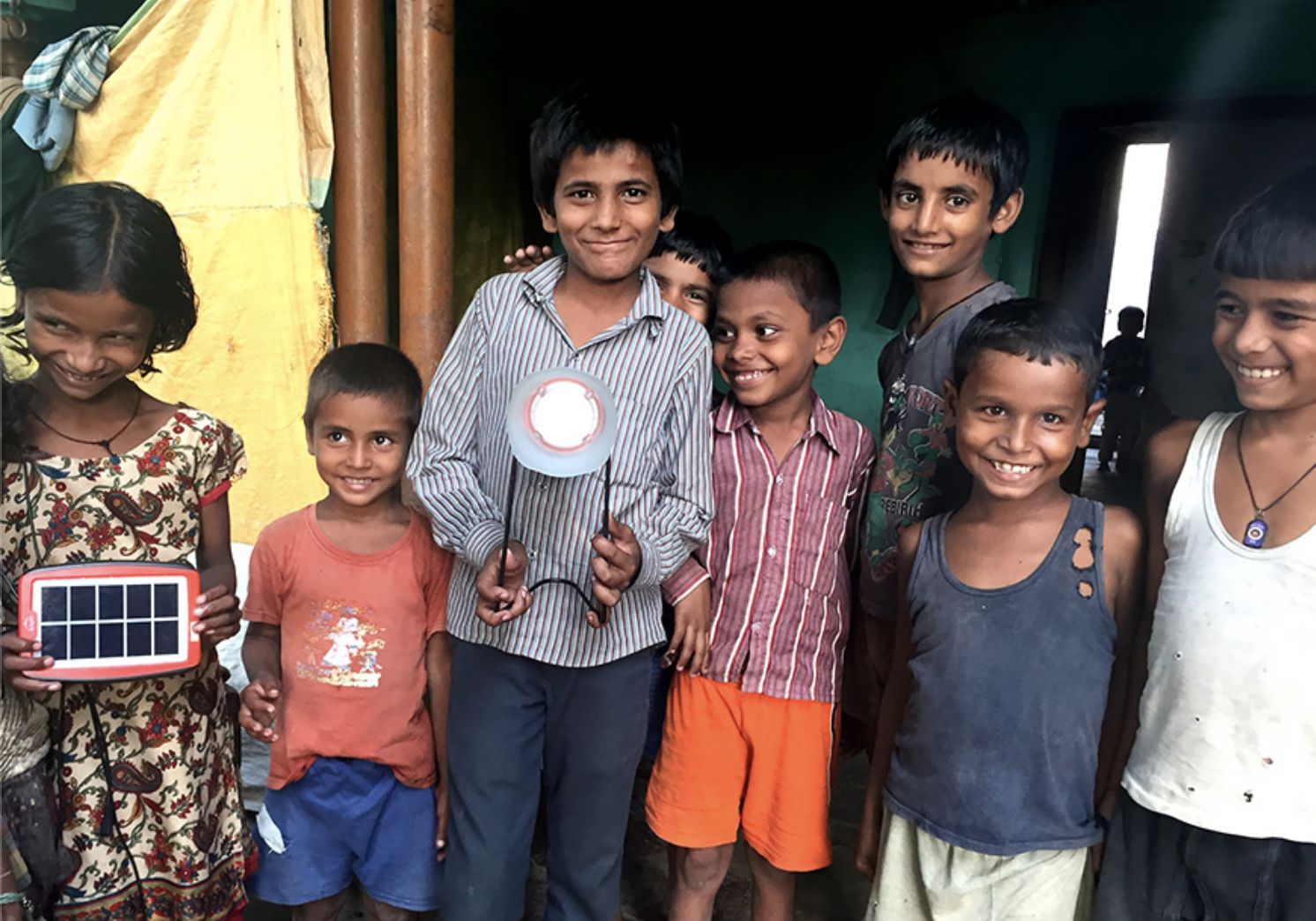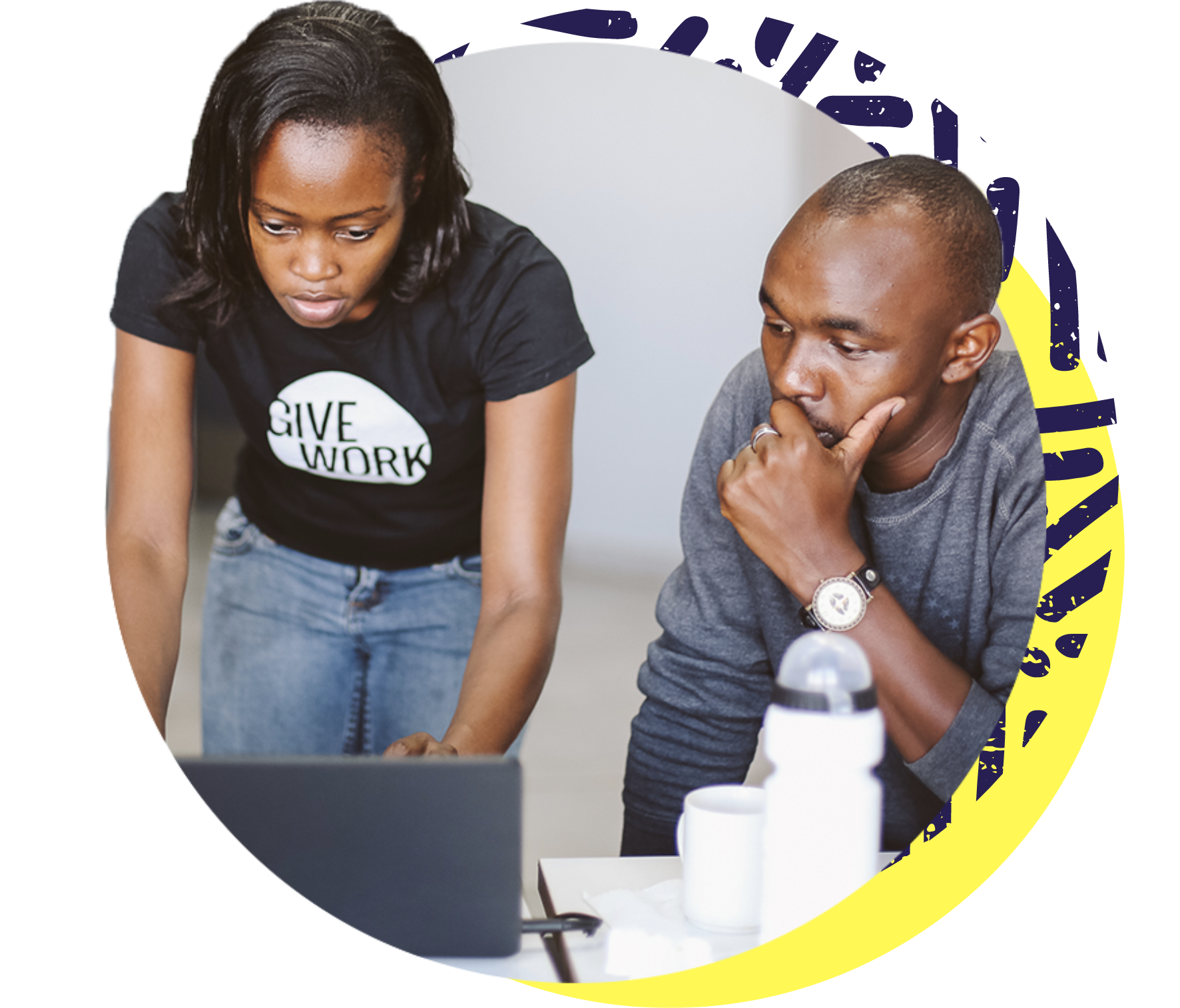The field of social innovation is not a new practice but has never generated much more noise than today. The Nagaoka Review sat down with Tudor Tomos, an incoming professor on social innovation at the Nagaoka University of Technology to learn about social innovation, its importance, and how it has become a hot topic in the world today.
NR: What is social innovation?
TT: There are many definitions out there relating to social innovation and social entrepreneurship. Basically, they refer to any solution that meets a social or environmental issue, create social relationships in the process, and imply new types of collaborations. The innovations themselves may either be products, services or models that address the community’s unmet needs in an effective way, improving people’s lives. In fewer words, social entrepreneurship is about doing good in a smart way. It means that social impact comes first but the business’s revenue model should be optimized for eventually scaling a positive impact.
NR: If it’s a program or movement, how long has it been ongoing?
TT: Social innovation (SI) is not a new phenomenon. The novelty might be the use of today’s technology in service of people rather than for their entertainment or some imagined needs. There are plenty examples of SI throughout history, from hospices and cooperatives, neighborhood kindergartens, self-building houses, trade unions, reading clubs or philanthropic leaders redirecting revenues to social causes.
Relatively new examples of social innovations include: LINUX software and other open source methods, Amnesty International that meant the growth of human rights, Greenpeace and other ecological movements which gave the citizens the opportunity to engage directly in social change. There is also Fair Trade movement that grows globally and was designed to help producers in developing countries achieve better trading conditions. This initiative promotes sustainable development and secures the rights and conditions of marginalized workers. Wikipedia and Airbnb could also be considered digital social innovations.
NR: Why does it matter more today?
TT: Because of the rising number of world societal challenges. There is a wide and probably growing gap between the scale of the problems we face and the number of solutions we offer. Rising life expectancy, for example, is a challenge that requires a new approach for pension systems and mutual support to fight isolation. Then, climate change is an issue that we cannot postpone anymore. This requires creative and responsible ways to transform big cities landscapes and our current habits of moving and consuming so we lower the carbon footprint. Rising number of long term medical conditions as diabetes, depression or heart problems need technical and social innovations in the form of new medical care systems and procedures. Not least, our sense of well-being and meaning should also correspond to the world’s constantly growing budgets. And the examples may continue.
NR: How do we make it happen?
TT: Everything starts with an idea. And still, ideas are generated only after one really understands the needs and the context.
”I think empathy is a good starting point for anyone involved in social innovation. Good social entrepreneurs have to see the problem they are trying to solve from the perspective of their customers.
Some of the most effective methods of social innovation start from the presumption that people are competent interpreters of their own lives and competent solvers of their own problems. A good social innovator builds upon the resilience and ingenuity of underprivileged customers, instead of treating them as passive recipients of other people’s solutions.
Sometimes, needs are obvious when we talk about hunger, homelessness or disease. But other times, needs go beyond the surface, like the need for protection from domestic violence, discrimination or racism. In any case, a social entrepreneur has to come up with solutions that promote dignity and involve the addressed community in the process. Everything can start with a personal motivation too, when one wants to solve their own problems or change the condition of their friends or family.
So, we have the idea. Next, we have to get creative while staying realistic. The new product or service generally happens at the intersection of the social problem and the founder’s concrete skills and competencies. We can call this one, the social innovation sweet spot. One should ask her/himself: “Why am I the right person to handle this problem?” Of course, ideas that seem good on paper might fail. But luckily, innovation sits on a one-way road, as Samuel Beckett said. Then, all we have to do is ‘Try again. Fail again. Fail better.’
Finally, assuming we had an idea that eventually transformed into a real product and now has a local impact. This, for the greater good to happen, should scale. So, we get into the third stage of social innovation, when an idea proved in practice can be grown, ideally through organic growth, replication, adaptation or franchising. Again, each type of growth brings different opportunities and challenges. In time, ideas might turn into totally different things than their first draft. Continuous learning and adaptation in the process are key.
NR: What kind of levers should we pull before launching a social innovation program and what kind of enabler should we have to make it work?
TT: It is a fact that, change, in general, is very sensitive to the interaction between the innovators and the environment they are operating in. New ideas have to obtain support if they are to survive in the long-term. By support, I mean the commitment of the people involved, the money of any investors, even the state of mind of the end beneficiaries. So, social change is about the alliances between the small, creative groups and startups that come up with new and innovative ideas with the big, usually slow, organizations and government institutions, that have instead more experience in project management and implementation.
Having this in mind, a social entrepreneur must be a good negotiator and mediator because for a solution to work in the long- term, the backbone of any action has to be agreed by all stakeholders.
NR: What are the common pitfalls that hinder the acceleration of social innovation?
TT: In certain contexts, innovations aren’t really dynamic, nor that welcome. It may happen in situations where power is monopolized, the right to free opinion is restricted or maybe private investors are missing and the only financing options are on public contracts. It may also happen that the innovative idea to be way more ahead of its time and the technical means for implementation to be reduced or inexistent.
”The truth is that, as in most businesses, failures in social entrepreneurship are inevitable as well. And they will probably happen more than once, before a solution reaches maturity.
Sometimes fail occurs because of the founders themselves, when they miss a proper market research or aren’t optimizing the production process, resulting in expensive or redundant ideas.
Promotion of new ideas is also crucial, even more when we consider a social solution that addresses a special sector of the population, meaning the classical tools of creating awareness might not work as efficiently. Not least, continuous adaptation of the solution and scaling a good product are part of a meaningful impact. There are also situations when instead of creating something from scratch, it might be more efficient to work on improving the management and performance of existing models.
NR: What are some notable success stories in social innovation that stood out the most to you?
TT: I’ve read the story of an early social entrepreneur that was Robert Owen, living in the 18th century. He was convinced that people are naturally good but corrupted by harsh conditions of life and work. In order to change that, he bought four textile factories in New Lanark (UK) and used them not just to make money but to re-invent the way of living of the local community.
He stopped employing children under ten and sent young children to newly built schools, while older children combined work and secondary school. In addition to schools, New Lanark set up a crèche (or nursery for babies and young children) for working mothers, free medical care, and extensive education, including evening classes.
d.light delivers affordable solar-powered solutions designed for the two billion people in the developing world without access to reliable energy. Photo credit: d.light.com
Another modern yet simple social enterprise that addresses people who lack access to reliable energy is d.light. According to their research, two billion people around the world rely on dirty, dangerous, and expensive fuels like kerosene to bring light to their lives. Instead of giving their solar lanterns away, d.light developed a product that was both high quality and affordable enough for a low income family. This change involved a whole process ahead. d.light not only had to create their products, but had to develop an entirely new market.
Fairphone develops smartphones that are designed and produced with minimal environmental impact.
Photo credit: fairphone.com
Probably you already heard about Fairphone. This is a social enterprise specialized in developing smartphones with minimal environmental impact, meaning their mobile phones do not contain conflict minerals like gold, tin, tantalum and tungsten. The company based in Amsterdam also promotes fair labor conditions for the workforce along its supply chain. But these are only few examples of successful stories.
Samasource employs low-income workers in developing countries to classify data, among other tech work.
Photo credit: samasource.com
A personal favorite of social enterprise that has a clear mission is Samasource. The company gives work in Artificial Intelligence and digital economy to low-income workers in Africa, India and South America to help eliminate poverty. According to their website, they helped so far more than 50k people change their lives, Samasource becoming one of the largest employers in East Africa. The company is driven by the belief that “Talent is equally distributed, but opportunity is not.”
NR: How should social innovation impact the way organizations do business today?
TT: There are already shifts towards a global economy that uses business as a force for good and creates benefits for all stakeholders, not just the shareholders. I really like the idea behind the B Corporations (or B Corps). As defined by its initiators, this new kind of businesses balance purpose and profit and they are legally required to consider the impact of their decisions on their workers, customers, suppliers, community, and the environment.
Basically, a “B Corp” Certification takes into account the 17 global SDGs adopted by all United Nations members in 2015 and measures a company’s social and environmental performance on the long-term. The big goal of this movement is developing a sustainable and inclusive economy, meaning reduced inequality, lower levels of poverty, a healthier environment, stronger communities and more jobs involving dignity and a sense of purpose.
At this moment, more than 3200 companies in 150 industries are B Corp certified and their number is increasing, which I think is a great signal of change.














